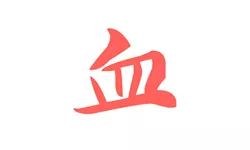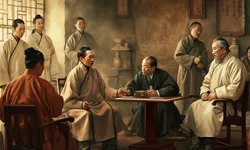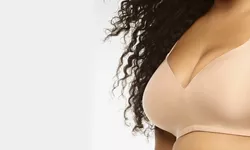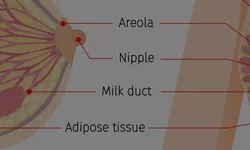Pictures of milk blebs and blisters
Milk blebs and blisters are easier to identify than clogged milk ducts since they occur on top of the skin.
They can occur on the nipple (picture 1) or on the areola (in picture 2).

Picture 1: A white bleb/blister on the nipple

Picture 2: A bleb/blister on the areola
They can appear as white spots (picture 1) or the color can be a yellow to brownish (picture 3).

Picture 3: A yellow bleb/blister on the nipple
If the color isn't white it's typically a sign of some sort of infection. What happens is that milk blebs and blisters trap some breast milk which acts as a petri dish for bacteria or fungus to develop.
As a rule of thumb, the darker the color, the more infected and the more painful it gets.
Milk blebs and milk blisters look similar, but their causes are different. Milk blebs are typically due to clogged milk ducts inside the breasts or clogged nipple pores.
Milk blisters on the other hand are caused by friction from tight clothing (especially bras), nipple shields, breast pumps or the baby's sucking.
If you're wondering what to do to deal with a milk bleb or blister please refer to our article on popping milk blebs and blisters.
Picture of clogged milk ducts
Clogged milk ducts happen under the skin so they show less visual manifestations than milk blisters or blebs.

Picture 4: Clogged milk ducts appear red on the breast
As can be seen on picture 4, the skin just looks reddish and somewhat swollen.
The most obvious sign of clogged milk ducts aren't visual, you need to touch your breast to feel:
- a hard lump with clear edges
- small nodules spreading randomly around the clogged area
Clogging happens to the ducts themselves but the accompanying nodules are typically not limited the ducts or even to the breast. Sometimes they spread as far as under the armpit.
If you're wondering what you can do about your clogged ducts, we've written this excellent article on relieving clogged ducts.
Picture of breast engorgement
An engorged breast is when all the milk ducts and lobes are full and congested.

The breast is usually large, firm and swollen. It can also look red, be somewhat hot to the touch and relatively painful. The best way to relieve the condition is to breastfeed or pump out the milk that's congesting the breast.
If you do not properly relieve an engorged breast, the condition can deteriorate to mastitis, a painful infection of the breast. Check our guide on how to relieve engorgement.
Picture of mastitis
Mastitis is a painful infection of the breast when milk seeps into the breast tissues and get infected by bacteria.

Picture 6: A breast with mastitis
A breast affected by mastitis looks red and firm. It is hot to the touch and feels very painful and inflammed.

Picture 7: A breast with mastitis
The most obvious symptoms of mastitis are the fever and flu-like symptoms such as fatigue, chills and body aches.
Mastitis is often caused by clogged milk ducts, breast engorgement or milk bleb or blister not being treated properly.
Most of time, your body's immune system can fight it with the help of some home remedies. However if the fever doesn't go away and your temperature stays above 101.3°F (38.5°C) for more than half day, contact your doctor or lactation consultant.
For a complete guidance of mastitis, its causes and remedies please check our article on treating mastitis.
Anti-inflammatory herbal teas can help relieve those issues
One common denominator to the conditions described above is that they imply various degrees of milk blockages and inflammations.
A good home remedy against this is to drink herbal teas with "cooling" (i.e. anti-inflammatory) herbs such as dandelions, honeysuckle flowers or chrysanthemum flowers. It will help reduce the risk of infections and inflammation.
Unblock Nursing Tea is perfect for this since it contains a lot of cooling herbs, including dandelions and honeysuckle flowers. It also contains other herbs known to reduce lumps and swellings such as Angelica roots.

Unblock Nursing Tea is recommended to prevent clogged ducts and engorged breasts
Article tags: Breastfeeding and maternity








